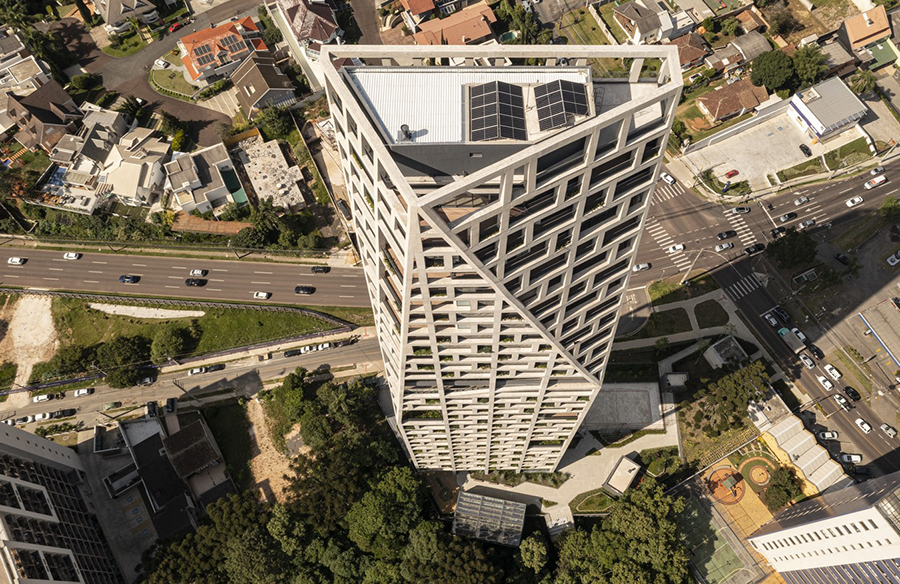As the world grapples with the impending loss of tropical corals, a recent study sheds light on a simple yet significant factor exacerbating their decline: artificial light pollution from coastal cities. While the consequences of artificial light at night (ALAN) on various organisms have been well-documented, its specific impact on coral reefs has now come to the forefront, revealing a concerning trend that jeopardizes their reproductive cycles and, consequently, their survival.
Understanding the Problem
Coral reefs, regarded as one of the most biodiverse and economically important ecosystems, face multiple threats including climate change-induced mass bleaching events, habitat destruction, pollution, and overfishing. The culmination of these factors has led to a substantial reduction in coral reef cover since the 1950s, with projections indicating the complete loss of tropical corals within the next century. Against this backdrop, the influence of artificial light pollution on coral spawning behavior adds another layer of complexity to their already precarious situation.
Unveiling the Findings
A recent study conducted by researchers at the University of Plymouth highlights the correlation between coastal light pollution and alterations in coral spawning patterns. By analyzing light pollution data alongside spawning observations, the study revealed that corals exposed to artificial light at night initiate spawning events one to three days earlier than their counterparts in unlit reefs. This shift in spawning timing not only impacts the survival and fertilization success of coral gametes but also disrupts genetic connectivity between adjacent lit and unlit reef systems.
Lead author Dr. Thomas Davies emphasizes the broader implications of these findings, stating that while corals are inherently affected by oceanic changes, the continued expansion of coastal cities exacerbates their vulnerability. The disruption of natural spawning cycles due to light pollution further compromises the ability of coral reefs to recover from environmental stressors such as mass bleaching events.
The Significance of Timing
Coral spawning events, triggered by lunar cycles, are crucial for the maintenance and recovery of reefs, especially in the aftermath of disturbances. Synchronized mass spawning ensures optimal reproductive contact between gametes, thereby facilitating the replenishment of coral populations. However, deviations in spawning timing, induced by light pollution, diminish fertilization success and post-fertilization survival, ultimately hindering reef recovery efforts.
A Call for Action
Addressing the issue of light pollution offers a relatively straightforward solution compared to other environmental challenges. By implementing measures to reduce coastal light pollution, such as delaying the activation of nighttime lighting in coastal regions, we can mitigate its adverse effects on marine ecosystems. Co-author Professor Oren Levy underscores the urgency of taking action to protect fragile marine habitats and preserve biodiversity for future generations.
Conclusion
In conclusion, the detrimental impact of coastal light pollution on coral reefs underscores the need for immediate intervention. Diminishing the intensity of artificial nighttime lighting represents a tangible step towards safeguarding these vital ecosystems and ensuring their long-term resilience. As we strive to mitigate anthropogenic threats to marine biodiversity, addressing light pollution emerges as a fundamental component of conservation efforts, reflecting our commitment to preserving the natural world for generations to come.










